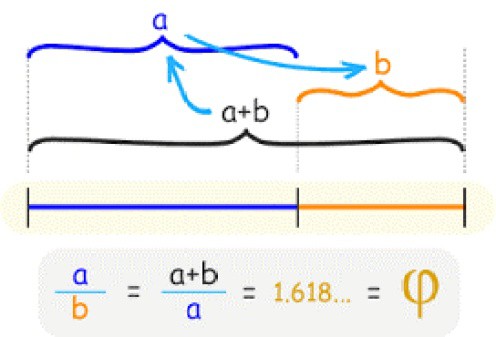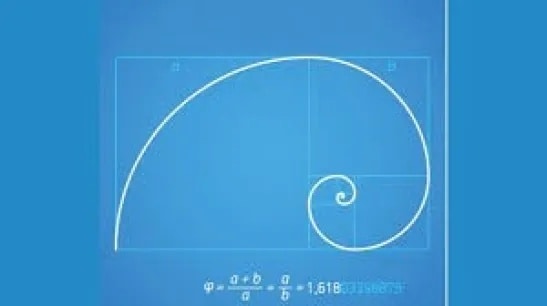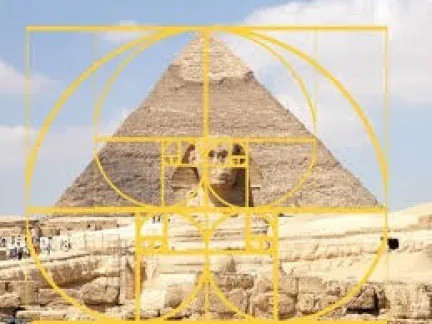What’s the fuss about the golden ratio? No idea? Don’t worry! This post will help you to understand the concept of the golden ratio and its relevance.
What Is This Golden Ratio?

The Golden Ratio, also known as the Divine Proportion, the Golden Rectangle, the Golden Section and Phi, is an infinite irrational constant number having unique properties in mathematics.
Phi or Φ (1.618 …) is the Golden Ratio. In short, it’s a break-up of a line segment into two sections so that the proportion of the first segment to the bigger division is equivalent to the proportion of the bigger division to the smaller one.
The Idea behind It
Divide a line into two parts. You will see the long part divided by the short part is equal to the whole length divided by the long part. A/B = A+ B/C= 1.618 = Φ
History of Golden Ratio

The history of this golden ratio or the divine proportion dates back to the time of Phi. Phi (1.618033…) is an irrational number. The base of the Golden Ratio or the Golden Mean and Golden Section is Phi.
Leonardo Fibonacci found an easy numerical order that forms the base of a mathematical relation with Phi. It starts with 0 and 1 and each number within the order is basically the sum of two numbers before it. For example, 0, 1, 1, 2, 3, 5, 8…..and so on.
Hence, the ratio of each consecutive pair of numbers in the order gets closer to Phi. This philosophy forms a connection between the Fibonacci principle and the golden ratio.
Golden Ratio in Geometry
Yes, you can find the Golden Ratio or Divine Proportion in geometry as well. Starting from the basic construction of a square to an equilateral triangle, everything uses the golden ratio. You can see the use of the golden mean in the construction of complex three-dimensional solids as well. The basis of soccer balls and Carbon 60 also boasts of this sacred geometry.
Golden Ratio in Architecture

You can find plenty of examples of the Golden Ratio in art or architecture. Mankind used this sacred geometry to create some beautiful monumental structures and buildings.
The Great Pyramid of Giza, one of the Seven Wonders of the World, follows the principles of the golden ratio, golden triangle, and the golden rectangle perfectly. Swiss architect Le Corbusier used the Golden Ratio and Fibonacci numbers for designing the famous United Nations Building.
Other architectural structure that follows the use of Phi and Golden Ratio includes:
- Notre Dame in Paris, France:
- Taj Mahal in Agra, India
- Chartres Cathedral
Golden Ratio’s Relevance to Vastu & Cosmic Energy
Throughout history, the ratio has been used to create visually appealing designs. Le Corbusier used the Golden Ratio to balance one element with another while designing the architectural layout of the United Nations Building. Even today, the Golden Ratio’s importance in architecture and designing is equally felt by its application in Vastu.
The Fibonacci sequence has a close similarity with the core principles of Vastu. The Golden Mean and the Fibonacci number sequence are crucial theories to the practice of Vastu.
Vastu is a science of a higher dimension, which controls the web of cosmic energy and makes sure of the fact that all structures are constructed in line with the principles. In the practice of Vastu, maintaining the perfect balance with the Universal energies and the surroundings. It helps to maintain harmony between human life and the environment.
The application of sacred geometry within Vastu is very significant. When the Vastu structure forms a helical shape and it attains the 1:1.618 or the Golden Ratio, it becomes compatible with other occurring forms. This, in turn, helps to ward off Vastu Doshas. The ratio’s importance in architecture and designing is not just to improve the layout of the structure but also to make the architectural structures look appealing
